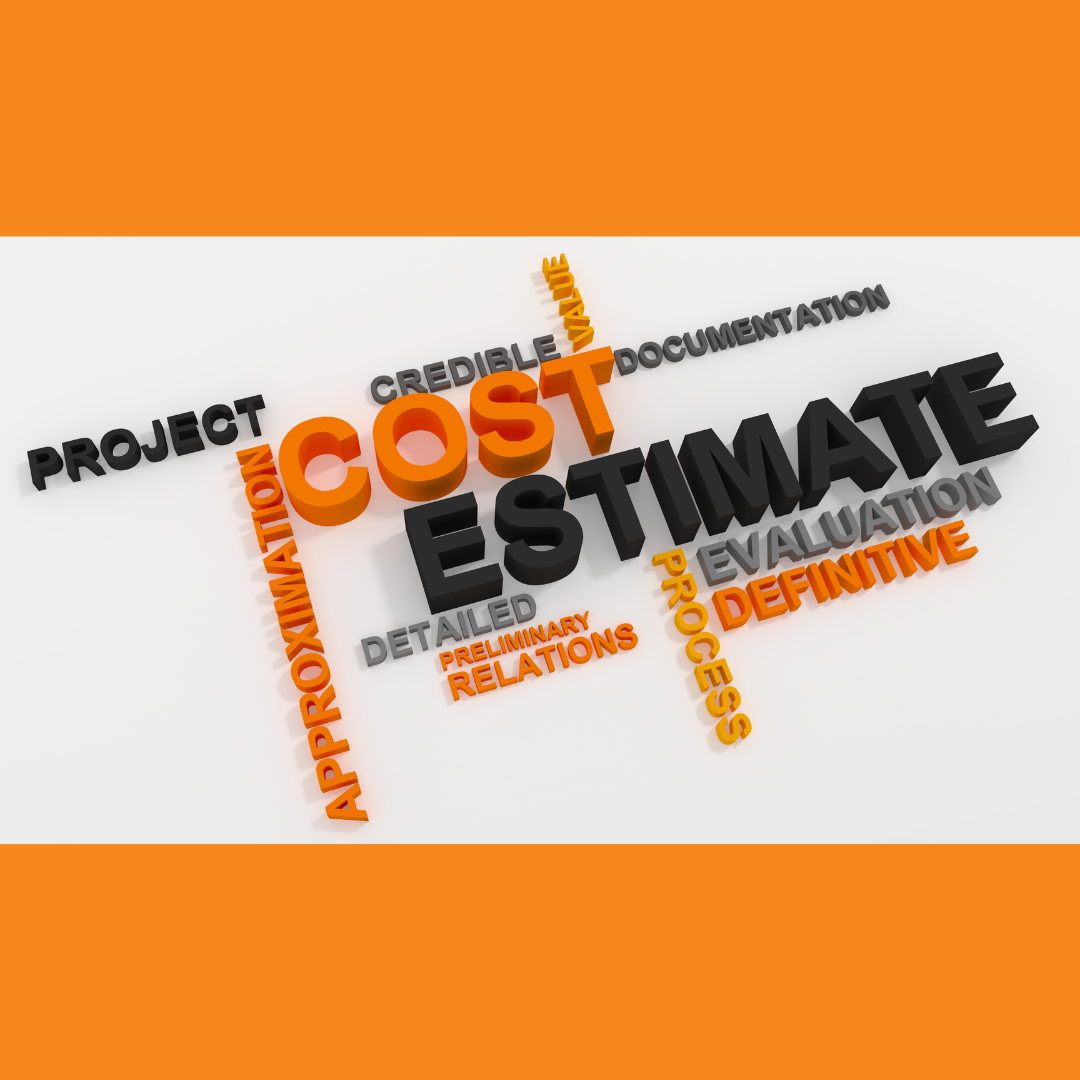9 Tips for Creating a Well-Crafted BOE

A well-crafted Basis of Estimate (BOE) clearly explains your proposed solution’s rationale, methods, assumptions, and resource estimates. It substantiates your rationale and delivers transparent insight into your estimation methods. In addition, the BOE provides a justification for your proposed level of effort, rates, and use of products, as well as the terms and conditions for those products.
Writing a BOE can be challenging, so here are nine tips to facilitate your progress.
Tip #1: Start with an Executive Summary or Introduction
Begin with a draft executive summary that explains your company’s value proposition and strengths. The customer shouldn’t be challenged to read the BOE and conclude why it offers the best value. Try writing a draft executive summary first (even if it’s just a few bullets) to give your team an overview of the BOE message and contents.
Tip #2: Gain Access to Systems
Companies closely guard data associated with a BOE. So, after identifying the information you need, fill out any forms required to access the data as soon as possible.
Tip #3: Prioritize Information Collection
Create a call plan and schedule for collecting information. The information you need to construct a BOE is often found in multiple places across a company. You will likely need to collect data from the contract staff, subject matter experts (SMEs), pricing analysts, and human resources (HR) specialists.
Tip #4: Fill in Any Gaps in Customer Knowledge
Quickly identify gaps in knowledge about the customer’s budget, risk tolerance, staffing preferences, facilities, or any other variables. A BOE should demonstrate insight into all the customer’s requirements.
Tip #5: Identify Assumptions
As you collect information from the capture and proposal team, maintain an ongoing list of assumptions. Be cautious—including too many assumptions and issues might lead the customer to think they are assuming the burden of risk.
Tip #6: Thoroughly Describe the Methodology for Producing the BOE
Thoroughly describe the models, data points, tools, and expert judgment needed to formulate the BOE. The more credible your explanation, the more confident the customer will be in your estimates. For example, a resource-loaded work breakdown structure (WBS) and schedule can provide convincing evidence to justify your estimates.
Tip #7: Provide Supporting Documentation
Break down each estimated cost and explain how you derived it. Provide documentation to back up any estimates or claims.
Tip #8: Explain Your Risk Management Methods
Identify risks that could impact the implementation of the BOE, how you factored the risks into the estimation process, and how you might control them after the contract is awarded.
Tip #8: Review Your BOE Like Any Other Part of the Proposal
Use internal or external experts to review your BOE for compliance, responsiveness, strengths, risks, and any other criteria listed in the request for proposal (RFP). Have your reviewers evaluate the draft and final versions of the document.
Tip #9: Write the BOE in Layperson’s Terms
Not every reviewer will understand the terminology connected with the BOE, so use clear, concise language.
By Brenda Crist, Vice President at Lohfeld Consulting Group, MPA, CPP APMP Fellow
Lohfeld Consulting Group has proven results specializing in helping companies create winning captures and proposals. As the premier capture and proposal services consulting firm focused exclusively on government markets, we provide expert assistance to government contractors in Capture Planning and Strategy, Proposal Management and Writing, Capture and Proposal Process and Infrastructure, and Training. In the last 3 years, we’ve supported over 550 proposals winning more than $170B for our clients—including the Top 10 government contractors. Lohfeld Consulting Group is your “go-to” capture and proposal source! Start winning by contacting us at www.lohfeldconsulting.com and join us on LinkedIn, Facebook, and Twitter.
Paperback or Kindle
10 steps to creating high-scoring proposals
by Bob Lohfeld
contributors Edited by Beth Wingate
Subscribe to our free ebrief
Teaming friends, frenemies, and enemies—12 tips to mitigate harmful effects
Did you know that contracting officers spend up to 20% of their time mitigating disputes between teaming partners? In an informal poll we conducted on LinkedIn last month, 40% of respondents classified their teaming partners as “frenemies” on their last bid.
Explore Further
- Advice (539)
- AI (28)
- APMP (18)
- Army MAPS Contracts (3)
- Business Development (294)
- Capture Management (266)
- Complex Technology Grants Services (26)
- Favorite Books (5)
- GenAI (4)
- Go-to-Market (27)
- Graphics (5)
- Lohfeld Books (2)
- NASA SEWP VI Contracts (2)
- Navy SeaPort-NxG Contracts (2)
- NIST MSE Grants (1)
- NIST NAPMP Grants (2)
- Past Performance (63)
- Post-submission Phase (14)
- Pre-RFP Preparation (264)
- Proposal Management (339)
- Proposal Production (75)
- Proposal Reviews (38)
- Proposal Writing (107)
- Pursuit Phase (108)
- Research Report (4)
- Resources (63)
- Tools & Tips (421)
- Training (13)
- Uncategorized (223)

Sign Up for INSIGHTS and Download your FREE book
We'd love to help you with your proposals. Enjoy our complimentary Lohfeld Consulting Group Capture & Proposal Insights & Tips book with your FREE subscription to our Insights Newsletter.
GET YOUR FREE BOOK



